Goethe House in Frankfurt, Germany 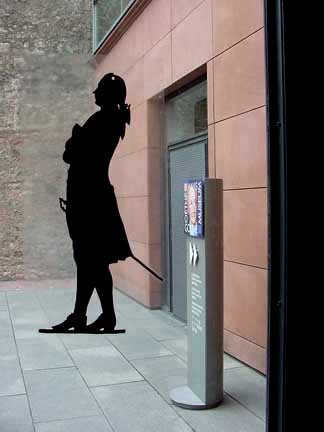 Johannn Wolfgang von Goethe, Germany's greatest writer and lyric poet, was born in Frankfurt in 1749. The house where he was born has been faithfully restored to the original after it was destroyed in 1944 by Allied bombs during World War II. Next door is the Goethe Museum which first opened in 1863. The reconstructed house where Goethe was born in Frankfurt attracts fans from many countries, including many tourists from Japan. Goethe was born into a wealthy and cultured family, but in spite of his upper-class upbringing, he became a rebel and a liberal thinker. As he matured, he developed the idea that Man must make himself worthy of the universe in which he lives by striving endlessly to better himself. This is the central theme of Faust, considered to be Goethe's greatest work.  Johann Wolfgang von Goethe was one of the leading Germany writers of the Sturm und Drang movement (Storm and Stress). This movement was a literary and political war against established authority. The movement stressed the rights of the individual, which was a radical idea in its day, and was based on the teachings of Jean-Jaques Rousseau. The Sorrows of Young Werther was an early novel written by Goethe in the radical days of his youth. As a lyric poet, Johann Wolfgang von Goethe has no equal among German writers. One of the greatest poems in the Germany language is Goethe's Herman and Dorothea, which tells the story of the love of an inn-keeper's son for a poor refuge girl. 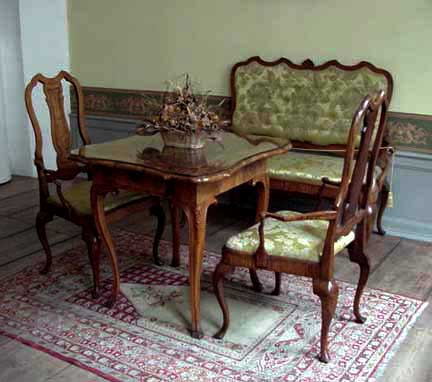 In the photo below, a tea set and some porcelain figurines are displayed in a small breakfast alcove in the Goethe house. Notice the deep saucers used with the tea cups. The original purpose of the saucer was for pouring the hot tea out to cool it. 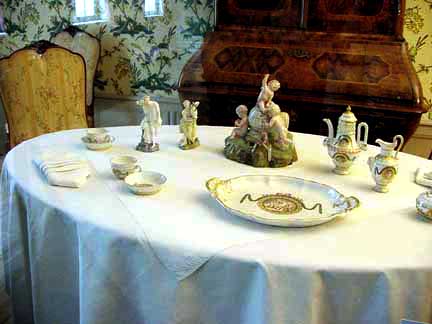 The photo below shows the view into the sitting room from another room in the Goethe House. Notice the elaborate porcelain stove in the corner. Stoves of this type were still being used in Germany for heating in the 1950ies. Each room had its own stove, since there was no central heating in Goethe's day. 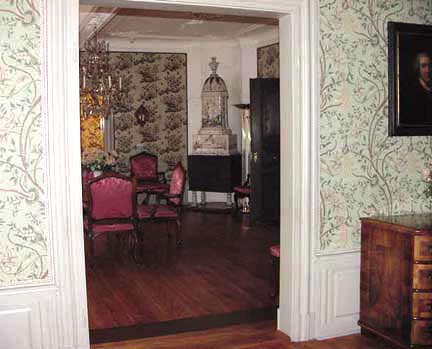 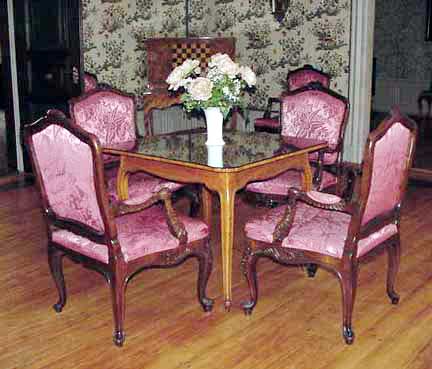 Kitchen of GoethehausHome |